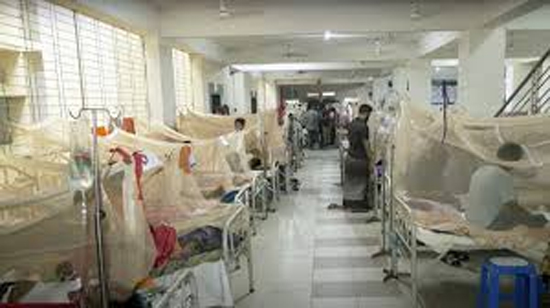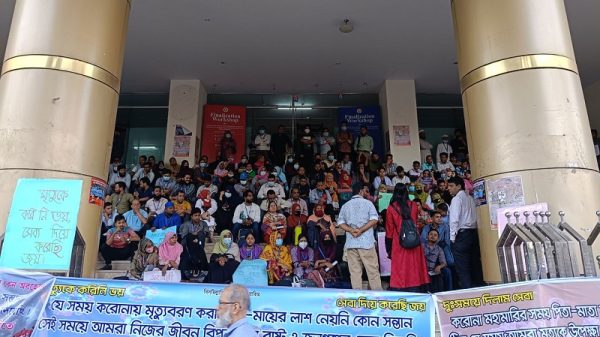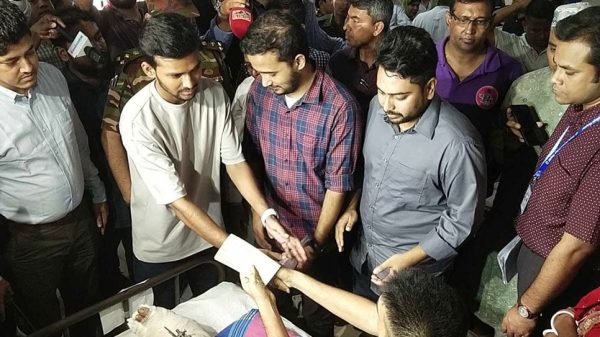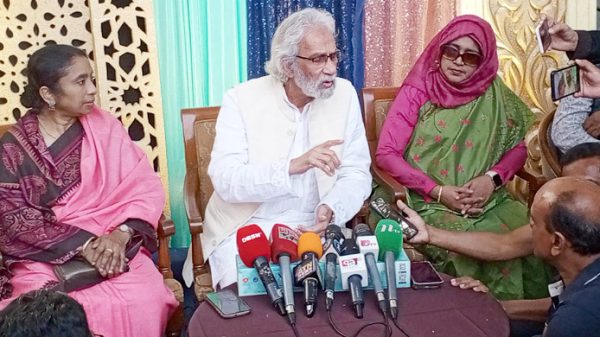Hair transplant: Does it work?

- Update Time : Friday, 22 December, 2023, 07:00 pm
- 79 Time View
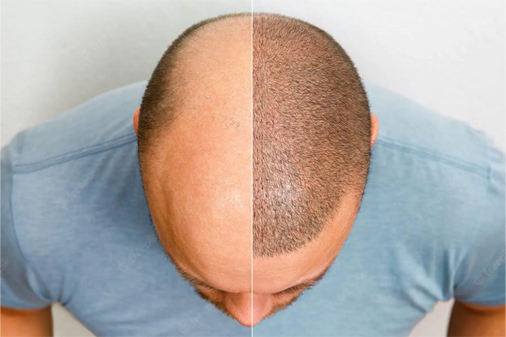
Online Desk: Concerned about the receding hairline on the forehead? It may be natural or due to some underlying conditions. However, modern medical science offers several options to regrow our hair. One of those is a hair transplant.
It must be noted that humans lose 50-150 hairs daily. This is a normal physiological process. The hair grows back quickly, so we rarely notice it. If the regrowth stops or slows down, bald patches appear on our heads.
Almost everyone experiences some type of hair loss during their lifetime. This is part of ageing.
Hair transplants are increasingly becoming popular as a way of restoring our hairline. It is not a very new thing.
The first one was done almost 85 years ago in Japan. Imagine how many hairs were transplanted? Just one!
In the next few decades, the procedure became more advanced. Now, it is possible to transplant a tuft of hair. Dermatologists or plastic surgeons are the ones performing the transplant.
The objective of the transplant is to increase the number of hairs in a particular area of the scalp. This hair comes from another part of our body. Generally, the back of the head is used as the donor area. But there could be other sources.
One thing must be emphasised: this is not a procedure for everyone. It only works if hair thinning or bald patches are natural and well-defined or if there is limited hair loss because of a localised scalp injury. Also, the candidate should have healthy hair on the back or the sides of the scalp; otherwise, it would be difficult to find another donor area.
People who opt for hair transplants often experience increased shedding. This usually happens in a month, when most transplanted hair falls off.
There is no need to worry, as this is entirely expected. New hair will start growing within one and a half months to compensate for this.
In an article published in Indian Dermatology Journal Online (2017), researchers from Cosmazone Hair Restoration Clinics demonstrated that 10-80% of the transplanted hair will fully grow in 3-4 months. In six months, they will take a natural look.
We need to remember that while this procedure offers a more permanent solution to hair loss compared to other restoration techniques, the transplanted hair, like normal hair, will also thin out as time goes by.
Anyone thinking about a hair transplant should be ready for several sessions with the surgeon/dermatologist for a satisfactory outcome. Generally, the sessions are conducted at an interval of a few months.
Once everything is completed, further cosmetic improvement can be achieved with additional touch-ups.
Like any other procedure, there are associated risks. Post-transplantation, there may be pain in the scalp so a pain medication may be required. Bleeding and infections are rare and minor complications.
If someone has gone through other options and fails to get results, a hair transplant can be a consideration. Lots of transplantation techniques are available. Selection of the right technique requires assessment and consultation by a dermatologist/plastic surgeon.
We need to bear in mind this is only a cosmetic procedure, just transferring hair from one place to another. It is not capable of creating new hairs.

